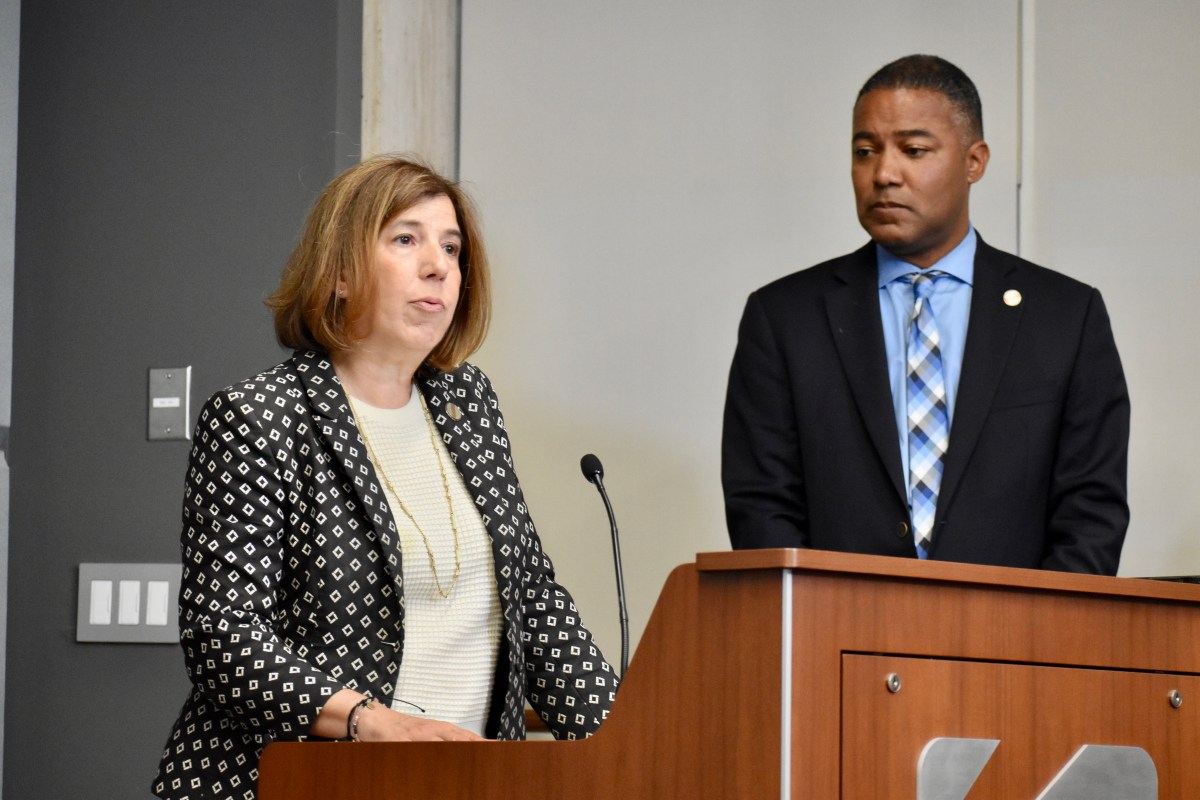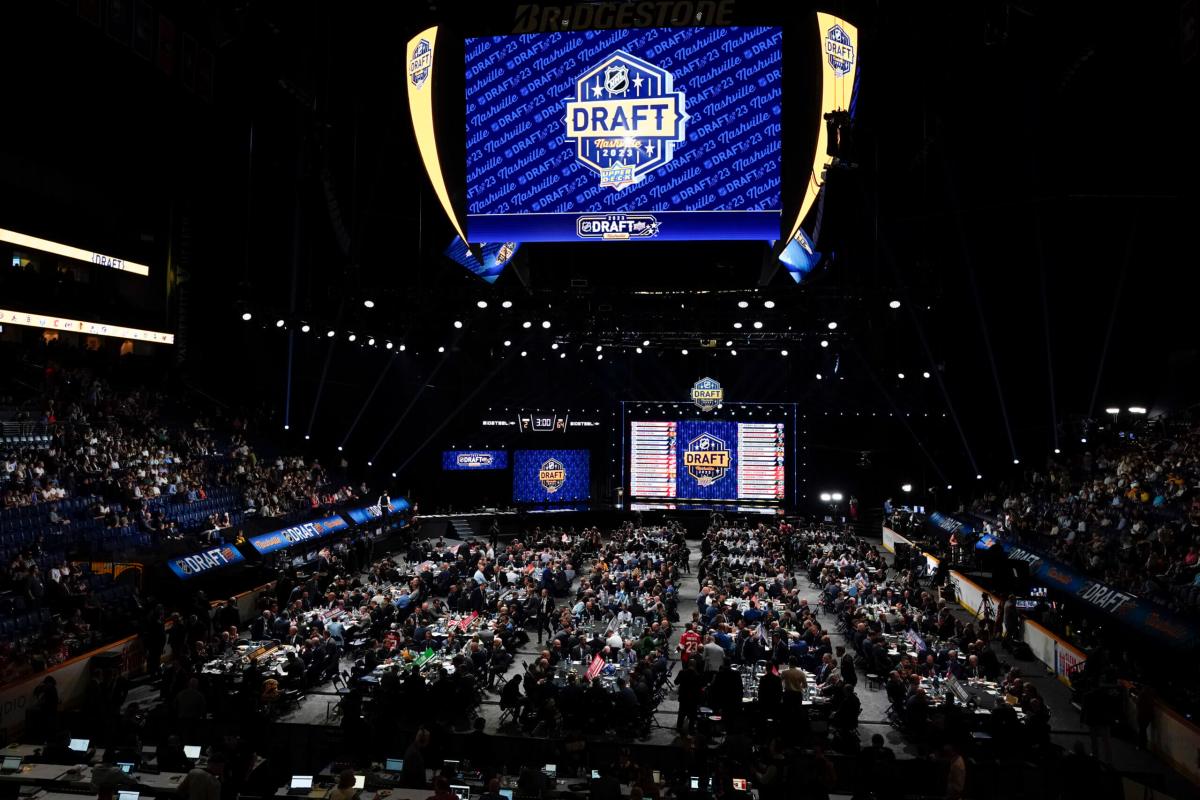BRUSSELS (AP) — NATO defense ministers on Friday approved a plan to provide reliable long-term security aid and military training for Ukraine after delays in Western deliveries of funds, arms and ammunition helped invading Russian forces to seize the initiative on the battlefield.
Kyiv’s Western backers have mostly concentrated their efforts through the Pentagon-run Ukraine Defense Contact Group, a forum for around 50 countries to drum up the weapons and ammunition the war-ravaged country needs most.
The new plan would be a complementary effort. Announcing the move after chairing a meeting of defense ministers in Brussels, NATO Secretary-General Jens Stoltenberg said that the effort would be headquartered at a U.S. military base in Wiesbaden, Germany and involve almost 700 staff.
He said that it would help to organize training for Ukrainian military personnel in member countries of the alliance, coordinate and plan donations of the equipment that Kyiv needs, and manage the transfer and repair of that military materiel.
The effort has been described as a way to “Trump proof” NATO backing for Ukraine, a reference to concern that former President Donald Trump might withdraw U.S. support for Kyiv should he return to office.
“It’s to make it proof to any situation,” Dutch Defense Minister Kajsa Ollongren told reporters on the sidelines of the meeting.
“We have to consider the fact that this (war) might go on for years. We want to have something in place that does not depend on specific persons, ministers, or whoever, but a structure that works,” she said.
Hungarian Prime Minister Viktor Orbán, who leads a stridently nationalist government, has routinely hindered NATO and European Union efforts to help Ukraine. He threatened to veto the plan but agreed to let other allies move ahead if Budapest wasn’t forced to take part.
Kyiv’s outgunned forces are battling to hold back a bigger Russian army. Troop numbers, ammunition and air defenses have run low as the Kremlin’s forces try to cripple the national power supply and punch through the front line in eastern parts of the country.
Moscow has taken advantage of a lengthy delay in U.S. military aid. EU funds were also held up by political infighting.
Ukraine will need to weather the onslaught through the summer, military analysts say, and at the same time train more soldiers, build fortifications and hope that Western military aid deliveries speed up so that Kyiv can mount a new offensive next year.
Stoltenberg has expressed hopes that U.S. President Joe Biden and his counterparts will agree at their July 9-11 summit in Washington to maintain the funding level for military support they have provided Ukraine since Russia launched its full-fledged invasion in February 2022.
He estimates this at around 40 billion euros ($43 billion) worth of equipment each year.
“We don’t yet have agreement on that,” he told reporters after Friday’s meeting.























